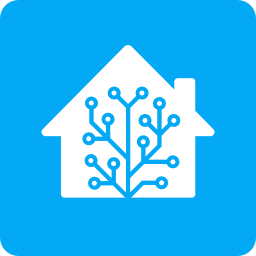

Are you looking for selective sync, and just over the LAN or over the internet too?
If just LAN, there’s many Windows sync tools for this with varying levels of complexity and capability. Even just a simple batch file with a copy command.
I’ll often just setup a Robocopy job for something that’s a regular sync.
If you open files over a network connection, they stay remote and remain remote when you save. Though this isn’t best practice (Windows and apps are known for having hiccups with remotely opened files).
Two other approaches:
-
ResilioSync enables selective sync. If you change a file you’ve synchronized locally, the changed file will sync back to the source.
-
Mesh network such as Wireguard, Tailscale, Hamachi. Each enables you to maintain an encrypted connection between your devices that the system sees as a LAN (with encryption). If you’re only using Windows, I’d recommend starting with Hamachi, it’s easier to get started. If mobile device support is needed, use Wireguard or Tailscale (Tailscale uses Wireguard, but easier to setup).


Which one? 😁